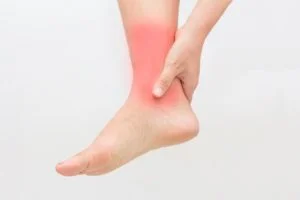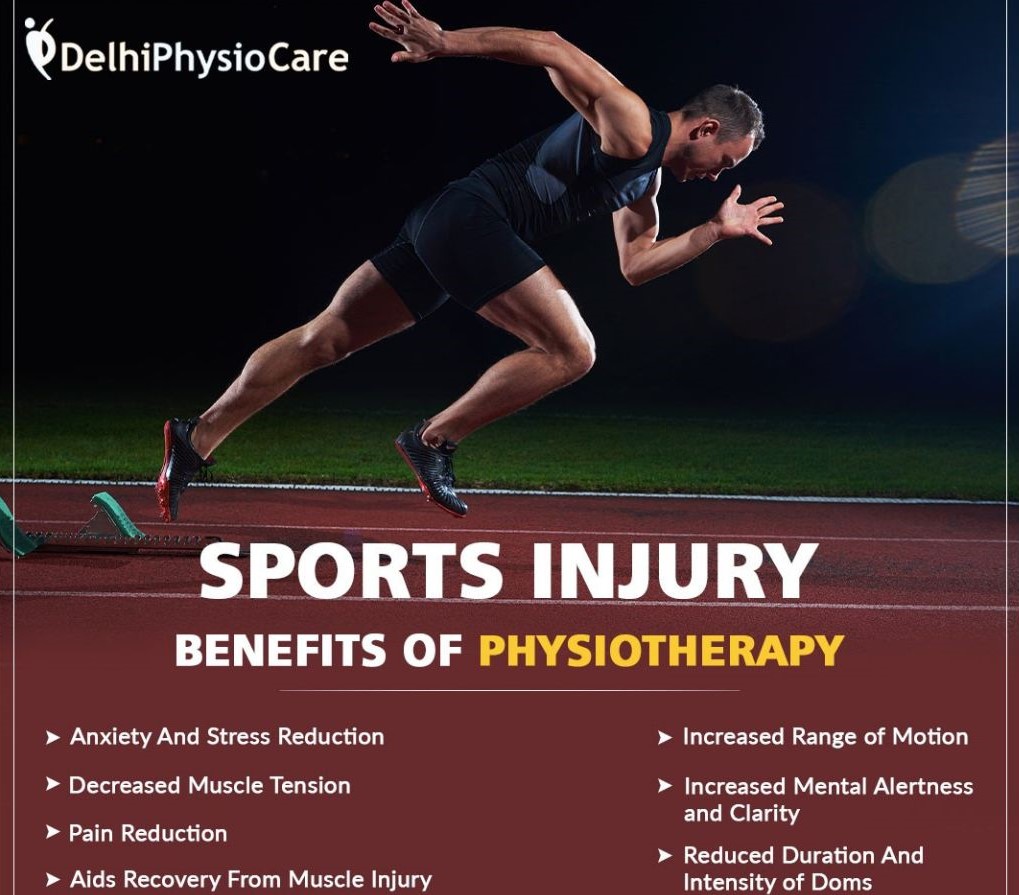Sprained Ankle Treatment
Home / Sprained Ankle TreatmentSprained Ankle Treatment in Delhi

A sprained ankle is an injury that occurs when you roll, twist or turn your ankle in an awkward way. This can stretch or tear the tough bands of tissue (ligaments) that help hold your ankle bones together.
Ligaments help stabilize joints, preventing excessive movement. A sprained ankle occurs when the ligaments are forced beyond their normal range of motion. Most sprained ankles involve injuries to the ligaments on the outer side of the ankle.

Treatment for a sprained ankle depends on the severity of the injury. Although self-care measures and over-the-counter pain medications may be all you need, a medical evaluation might be necessary to reveal how badly you’ve sprained your ankle and to put you on the path to recovery.
Symptoms
Signs and symptoms of a sprained ankle include:

- Pain, especially when you bear weight on the affected foot
- Swelling and, sometimes, bruising
- Restricted range of motion
Some people hear or feel a “pop” at the time of injury.
Causes
A sprain occurs when your ankle is forced to move out of its normal position, which can cause one or more of the ankle’s ligaments to stretch, partially tear or tear completely.
Causes of a sprained ankle might include:
- A fall that causes your ankle to twist
- Landing awkwardly on your foot after jumping or pivoting
- Walking or exercising on an uneven surface
Risk Factors
Factors that increase your risk of a sprained ankle include:
- Sports participation. Ankle sprains are a common sports injury. Sports that require rolling or twisting your foot, such as basketball, tennis, football, soccer and trail running, can make you vulnerable to spraining your ankle, particularly if you’re overweight. Playing sports on an uneven surface also can increase your risk.
- Prior ankle injury. Once you’ve sprained your ankle, or had another type of ankle injury, you’re more likely to sprain it again.
Complications
A sprained ankle left untreated, engaging in activities too soon after spraining your ankle or spraining your ankle repeatedly might lead to the following complications:
- Chronic pain
- Chronic ankle joint instability
- Early-onset arthritis in that joint
Prevention
Here are some things you can do to help prevent a sprained ankle.
- Warm up before you exercise or play sports.
- Be careful when walking, running or working on an uneven surface.
- Wear shoes that fit well and are made for your activity.
- Don’t wear high-heeled shoes.
- Don’t play sports or participate in activities for which you are not conditioned.
- Maintain good muscle strength and flexibility.
- Practice stability training, including balance exercises.
Quick Enquiry
Send us a message with your contact details and one of our staff will contact you right away.
TREATMENTS
BOOK AN APPOINTMENT
GENERAL ENQUIRIES
235, Avtar Enclave,Paschim Vihar,Delhi – 110063
Sprained ankle Treatment FAQ’s
ACL stands for ‘Anterior Cruciate Ligament’, a ligament in the knee that is important for providing stability in the knee joint.
Any damage to the ACL is checked with the help of an MRI. Apart from MRI images of the knee, doctors and physiotherapists also use The Lachman Test and The Pivot Shift Test to assess if an ACL is torn.
People with torn ACL experience swelling and pain in the knee. They face difficulty in walking as well.
You can tear your ACL if the knee is twisted sharply or extended beyond the normal range of motion of your knee.
A torn ACL doesn’t heal itself. For full recovery from ACL, you might be required to undergo surgery or physiotherapy session depending upon the knee condition. Usually, it takes 9-12 months if surgery is performed and 4-6 months without surgery.
You should immediately start physiotherapy sessions after your ACL surgery.
It is advised not to put too much physical strain on the knee immediately after ACL surgery. After physiotherapy sessions, your knee will start recovering quickly and would be normal in few months.
